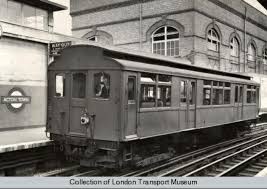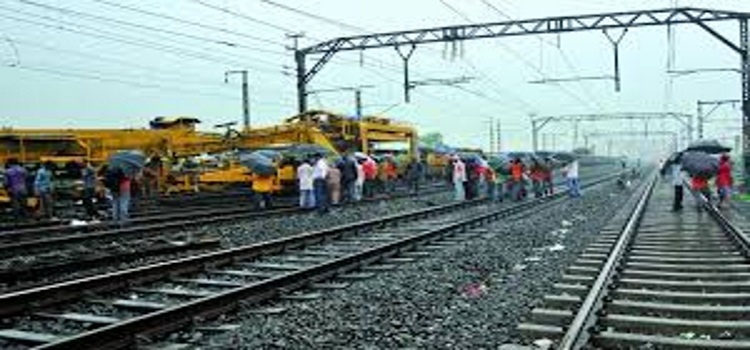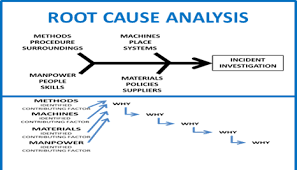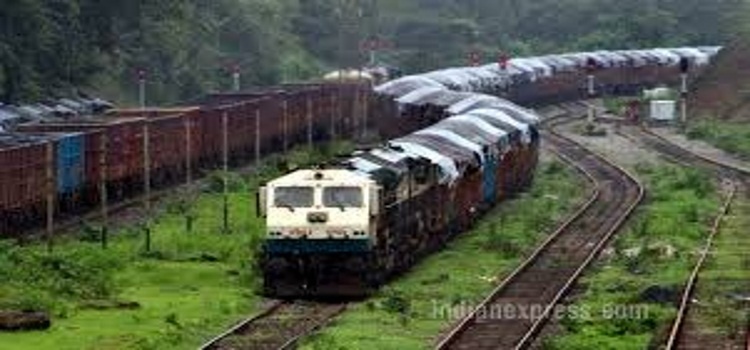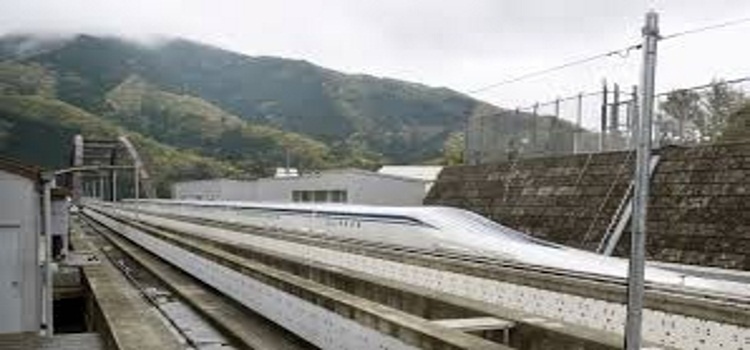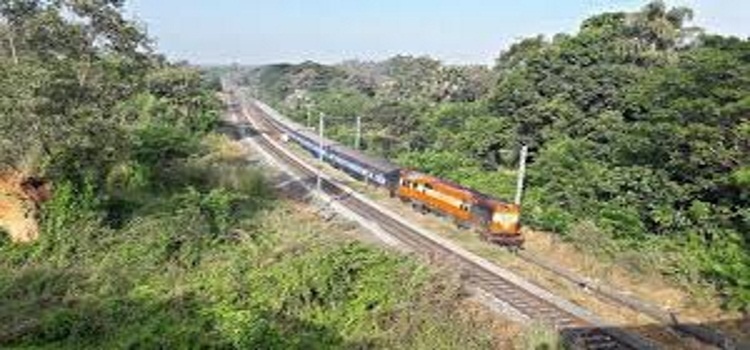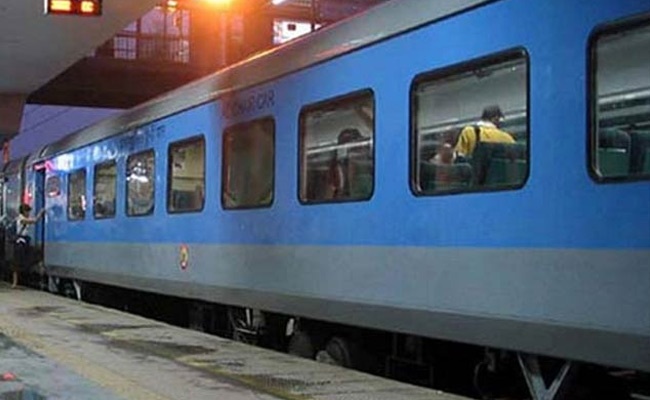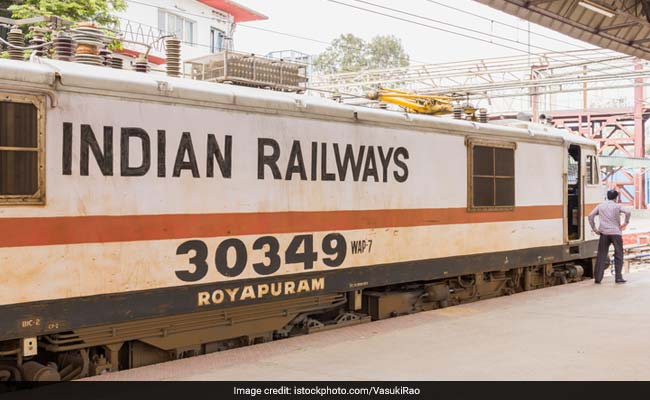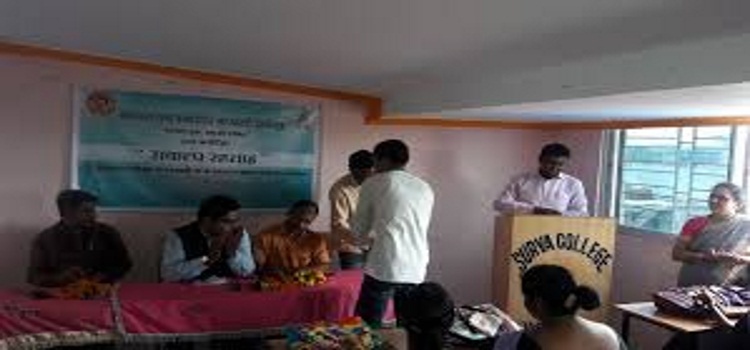
The South Eastern Coalfields Ltd (SECL) would get benefaction of Grade-11 raw coal done from its Korba fields in Chhattisgarh, officials informed. The company recorded 13.33 million tonnes (MT) of coal production against the target of 13.70 MT during November this year, the company informed in a regulatory filing.
Notably, Coal India Ltd (CIL) recorded offtake of 10.13 million tonnes (MT) of coal from its flagship subsidiary SECL against the target of 10.60 MT during September this year. The offtake of coal by Coal India Ltd from SECL had seen 15.8 per cent jump (provisional) at 60.99 million tonnes (MT) during April-August 2017, officials informed.
The coal offtake target during the period was 58.79 MT. SECL achieved total production of 28.178 million tonnes (MT) of coal from its open cast (OC) mines during April-June period of the current financial year. It so excavated 125.45 million tonnes (MT) of coal from its mines during the last five year period (2012-13 to 2016-17) from its Open Cast mines, the latest SECL data has revealed.
Notably, CIL had recorded offtake of coal from its largest subsidiary SECL at 124.34 million tonnes between April 2015 to February 2016. This was against the target of 123.89 million tonnes (MT) which was a growth of 11.1 per cent.
The developing of rail track network in Eastern corridor would facilitate coal traffic movement from Kharsia to Dharamjaygarh upto Korba with a spur line from Gare-Pelma Block in Northern part of Chhattisgarh, officials informed. The project would meet the logistic challenges foreseen on account of coal evacuation and to meet the growing coal needs of the country.
Ministry of Railways has notified the East Rail Corridor in the State of Chhattisgarh as a ‘Special Railway Project’ to provide national infrastructure for a public purpose and directed for acquisition of land under the Railways Act, 1989.
The South East Central Railway (SECR) conducted as many as 27 Preliminary Engineering cum Traffic Surveys (PETS) during the Five Year Plan Period 2012-17 for new line projects, the Central Government has informed.
Reconnaissance/Preliminary Engineering cum Traffic Survey is pre-requisite for consideration of any new investment proposal for new projects to assess the likely investment, traffic potential and return from the same. Based on the outcome of Reconnaissance/ Preliminary Engineering cum Traffic Survey, projects are sanctioned/included in Budget Document (Pink Book) on the basis of remunerativeness, last mile connectivity, missing links and alternate routes, augmentation of congested/saturated lines, socio-economic considerations etc. depending upon throwforward of ongoing project, overall availability of funds and competing demands.
Notably, the Centre has signed a Memorandum of Understanding (MoU) each with the States of Odisha, Jharkhand and Chhattisgarh for critical coal connectivity projects to improve transportation .
Agreement for World Bank loan of US $ 1100 million for Eastern Dedicated Freight Corridor (DFC) (Phase-2) have also been signed, they stated.
Freight train with speed of maximum 100 kms per hour will pass through Chhattisgarh in the East-West Corridor (Kolkata-Mumbai).
The train will traverse through the States of West Bengal, Jharkhand, Odisha, Chhattisgarh and Maharashtra as the Ministry of Railways has sanctioned implementation of Eastern Dedicated Freight Corridor (EDFC) and Western Dedicated Freight Corridor (WDFC) with freight train speeds of maximum 100 Kmph.
The Central Government’s approval for construction of 165 km long thirdrailway line between Anuppur and Katni in Madhya Pradesh is expected to facilitate additional coal transportation traffic from parts of Chhattisgarh.
The coal transporation traffic from IB valley, Korba area, East Corridor and Gevra – Pendra Road Project in Chhattisgarh would be channelised through the aforesaid route to the respective destinations, officials stated.
The Centre has approved the project at a cost of Rs 1595.76 crore. The project is likely to be completed in 5 ¼ years spanning over 12th and 13th plan period.
The Cabinet Committee of Economic Affairs, chaired by the Prime Minister Narendra Modi, has also approved construction of six Railway lines and Railway bridge to cater to both increased passenger and freight needs in various areas of the country.
Public sector IRCON International Ltd has also commenced work in connection with the construction of new ‘Broad Guage Electrified DoubleRailway Line’ in Chhattisgarh on the East West Corridor.
The work is being undertaken in Gevra Road-Pendra Road and Dipka, Kathghora, Sendurgahr and Pasan sections, officials stated.
Notably, the development of two key Rail corridors in mineral-rich Chhattisgarh is now set to expand the Railway line network by 45 per cent in the State, officials stated.
The completion of Dallirajhara-Rowghat-Jagdalpur, East and East-West Railcorridor projects will comprise a total of 535 kilometers Railway-line during the next two to four years, they stated.
The East West Rail Corridor project is expected to get completed in 2018-19.
The corridor is to facilitate movement of about 60 million tonnes of coal to various parts of the country apart from providing passenger train facility for the local populace of the region.
The length of the rail track would be 135.30 kms.The Chhattisgarh East West Railway Ltd is the implementing agency for the project.
The Central Government’s approval for construction of 165 km long third railway line between Anuppur and Katni in Madhya Pradesh is expected to facilitate additional coal transportation traffic from parts of Chhattisgarh.
The coal transporation traffic from IB valley, Korba area, East Corridor and Gevra – Pendra Road Project in Chhattisgarh would be channelized through the aforesaid route to the respective destinations, officials stated.
The Centre has approved the project at a cost of Rs 1595.76 crore. The project is likely to be completed in 5 ¼ years spanning over 12th and 13th plan period.
The Cabinet Committee of Economic Affairs, chaired by the Prime Minister Narendra Modi, has also approved construction of six Railway lines and a Railway bridge to cater to both increased passenger and freight needs in various areas of the country.
Public sector IRCON International Ltd has also commenced work in connection with the construction of new ‘Broad Guage Electrified Double Railway Line’ in Chhattisgarh on the East West Corridor.
The work is being undertaken in Gevra Road-Pendra Road and Dipka, Kathghora, Sendurgahr and Pasan sections, officials stated.
Notably, the development of two key Rail corridors in mineral-rich Chhattisgarh is now set to expand the Railway line network by 45 per cent in the State, officials stated.
The completion of Dallirajhara-Rowghat-Jagdalpur, East and East-West Rail corridor projects will comprise a total of 535 kilometers Railway-line during the next two to four years, they stated.
The East West Rail Corridor project is expected to get completed in 2018-19.
The corridor is to facilitate movement of about 60 million tonnes of coal to various parts of the country apart from providing passenger train facility for the local populace of the region.
The length of the rail track would be 135.30 kms. The Chhattisgarh East West Railway Ltd is the implementing agency for the project.
